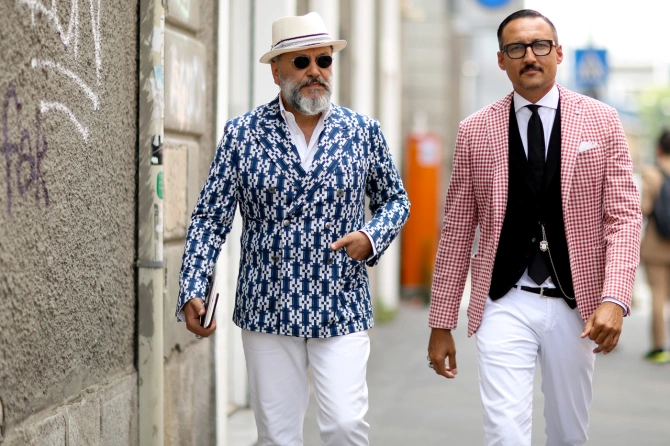Abstract art refers to works which do not represent reality in realistic visual forms.
Instead, abstract compositions use lines, shapes, gestural strokes, colors or symbols to represent ideas. Abstract art has existed as long as human’s have been alive to create it. In fact, geometric abstract symbols have been found in ancient art.
In abstract art, lines, shapes, textures, forms, colors or patterns are used in different ways for both aesthetic and symbolic meanings. Mid-century Abstract artists did not depict reality as it was but rather as they conceived it to be. In some cases, they reduced meaning to simple lines and forms. The earliest forms of abstraction had references that could be identified and contained thoughts, ideas, feelings or imagination from the artist. Abstraction is not limited to painting, but is found in sculpture, printmaking and other forms of media and performance.
The term abstraction encompasses art that is not figurative, not objective and non-representational. That means that it typically contains no identifiable figures, objects or representations outside of the lines, shapes and brushstrokes. Also, abstraction as an artistic movement is wide and broad encompassing many different movements and styles that have developed from the late nineteenth century though till today. These movements and styles often overlapped growing into other movements as the artists who pioneered them shifted, evolved, or edited their practices.
In modern Western art history, abstraction only began to creep into art near the end of the 19th century. At the turn of the century as technological changes and scientific developments significantly changed the world, art also began to evolve. Abstract artists began to work for themselves.
These artists began to push the boundaries of what could be done in art. Romanticism and Expressionism were two art movements led by the Avant Garde that paved the way for pure abstraction. Elements of abstraction crept into Expressionism. For instance, in Edvard Munch’s (1863-1944) The Scream (1893), the figure and the background are more abstracted then was previously done. These movements including Impressionism and Neo or Post- Impressionism were linked to Anarchy and the shift in political allegiances.
